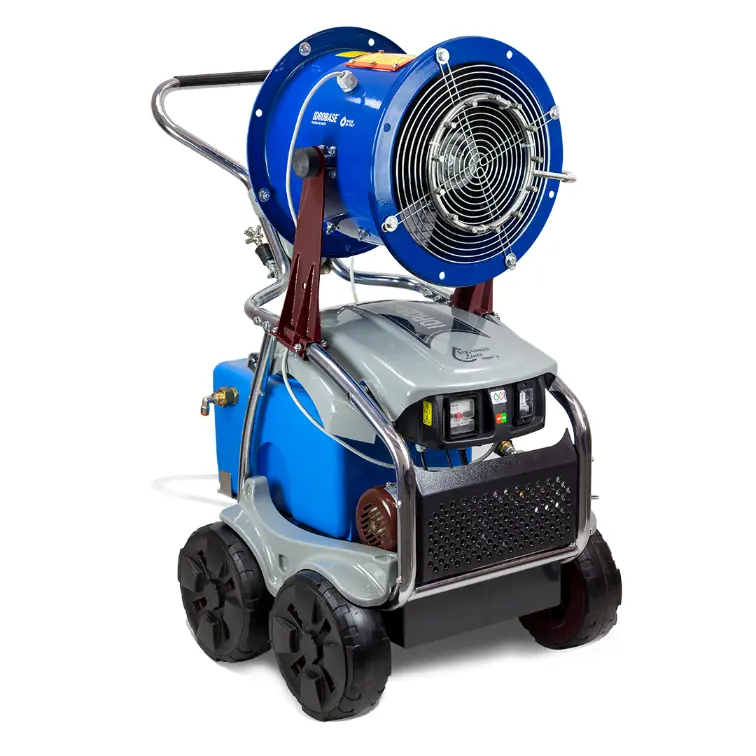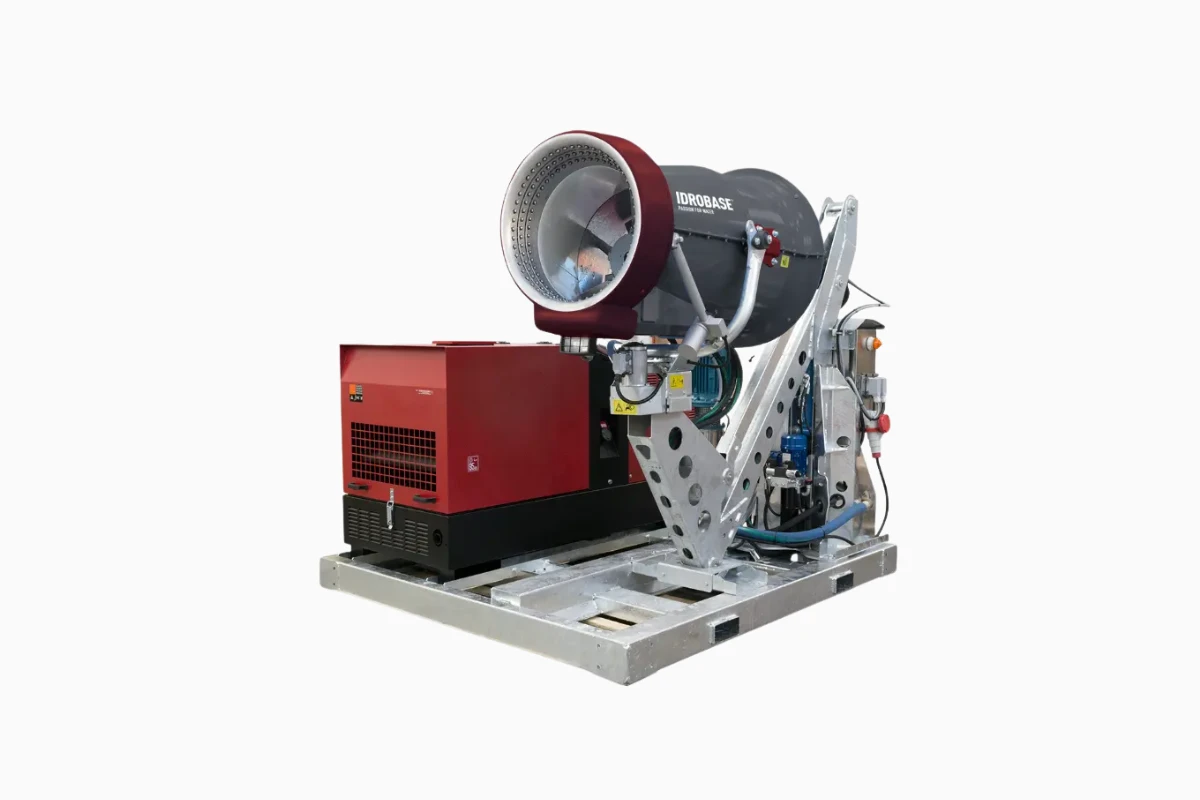Dust suppression systems are essential for reducing particulate emissions into the air, helping to improve air quality and safety in the workplace. These systems are used in various industrial sectors, from construction sites to waste treatment plants, as well as in chemical and manufacturing industries. The main goal is to minimize the dispersion of fine dust particles such as PM10 and PM2.5, which are particularly harmful to health and the environment. Keep reading to find out what the main dust suppression systems are.
Wet systems for dust suppression
Wet systems use the action of water to capture dust particles and make them settle. Among the most effective solutions are:
- Dust suppression cannons: devices that spray pressurized water to intercept airborne dust. Learn more about these tools here.
- Wet scrubbers: used in industrial environments, they capture fine dust and gases through controlled water flows.
- Misting barriers: installed at major emission points, they create a water curtain that traps suspended particles.

Dry systems and other solutions
In addition to wet systems, there are dust suppression systems based on mechanical or electrostatic filters:
- Bag filters: used in industrial plants to trap solid particles using high-performance filtering fabrics.
- Electrostatic precipitators: use electrical charges to attract and retain fine dust on metal plates.
- Industrial vacuum systems: designed for direct dust collection in enclosed environments, they improve indoor air quality.
The adoption of dust suppression systems is crucial for protecting the environment and workers’ health. Choosing the most suitable solution depends on the specific needs of each industrial sector.

